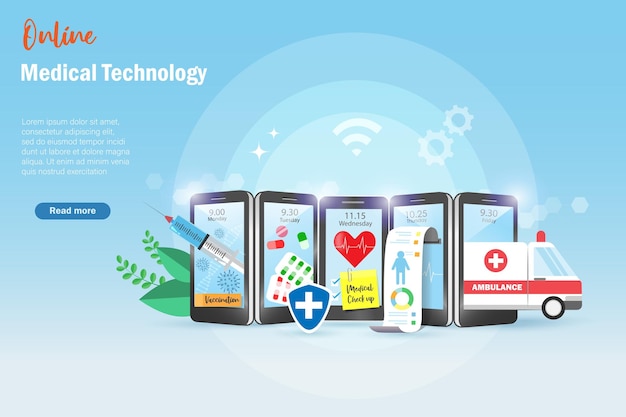A Comprehensive Overview to Subscription Based Healthcare: What You Required to Know
A Comprehensive Overview to Subscription Based Healthcare: What You Required to Know
Blog Article
The Increase of Subscription-Based Medical Care and Its Impact on Individual Treatment
As health care develops, the subscription-based model is obtaining grip, guaranteeing to revolutionize person care by supplying predictability and access. The possibility for these models to reshape medical care shipment raises pushing concerns about their lasting sustainability and inclusivity. Are these subscription solutions the future of healthcare, or do they risk leaving at risk populaces behind?
Comprehending Registration Healthcare Models
Realizing the concept of subscription medical care designs entails analyzing a transformative strategy to medical solutions that stresses cost and access. These models, usually referred to as straight main treatment (DPC) or attendant medicine, have become ingenious choices to traditional fee-for-service medical care systems. Subscription health care allows clients to pay a set month-to-month or yearly fee for a defined collection of medical services, which might include unlimited workplace check outs, routine examinations, and fundamental lab tests, without the demand for traditional insurance policy billing.
The structure of membership healthcare versions is created to streamline individual treatment by removing third-party payers and complicated payment codes, thereby reducing management worries. Medical care providers can focus more on client treatment, cultivating more powerful patient-provider partnerships. This model also promotes preventative treatment by encouraging regular visits, as the financial obstacle of per-visit charges is removed.
The subscription version often encourages healthcare suppliers to take care of smaller sized client panels, permitting even more customized care. It straightens economic rewards with person wellness results, as suppliers are inspired to maintain person satisfaction and well-being. On the whole, recognizing subscription medical care designs requires identifying their possible to reshape how care is delivered and accessed.
Advantages for Clients and Suppliers

With a constant profits stream, healthcare specialists can dedicate more time to each person, leading to a more complete and individualized care experience. The emphasis on preventative treatment within subscription strategies can lead to better individual outcomes and reduced lasting healthcare prices.
Challenges and Worries
While subscription-based healthcare models present countless advantages, they likewise come with a set of difficulties and worries that must be attended to. This increases ethical questions concerning fair accessibility to medical care solutions.
Financial sustainability of subscription-based models is another problem. Service providers need to stabilize the fixed revenue from registrations with the variable prices of health care services, which might fluctuate as a result of unanticipated medical requirements. This can create stress to limit solutions or boost fees, possibly influencing client fulfillment and care high quality.
Additionally, regulative oversight of subscription-based medical care models is still developing. Attending to these obstacles is crucial for the fair and effective implementation of subscription-based health care.
Effect on Patient-Doctor Relationships
One substantial effect of subscription-based medical care versions on patient-doctor partnerships is the capacity for enhanced continuity and customized treatment. By adopting a subscription design, medical professionals can take care of a smaller sized patient panel, allowing for more devoted time with each individual. This boosted availability fosters a deeper understanding of a patient's clinical background, way of life, and preferences, allowing a lot more tailored therapy plans and interventions.

However, it is very important to identify that while subscription-based designs may benefit those that can afford them, they could accidentally broaden healthcare differences. People who are unable to join these versions may experience you can try this out lower access to personalized treatment, potentially influencing their partnerships with doctor. Thus, while the membership version uses promising advantages for patient-doctor partnerships, web link it also presents obstacles that require to be resolved to guarantee equitable medical care gain access to.
Future of Medical Care Access

The function of modern technology can not be forgotten in this improvement. Telemedicine systems and digital health records help with seamless communication in between individuals and doctor, damaging down logistical and geographical obstacles. Additionally, advancements in artificial intelligence and information analytics can further personalize medical treatment by predicting individual requirements and enhancing treatment plans.
However, the future of medical care accessibility additionally offers difficulties, such as making sure equity across different socio-economic groups. Policymakers and medical care providers must team up to link the electronic divide, ensuring that subscription-based versions stay inclusive and budget friendly. As these systems develop, they hold the guarantee of making healthcare more obtainable, effective, and patient-centric.
Verdict
Subscription-based medical care models are reshaping patient treatment by giving a stable expense framework and improving access. These models enhance patient-provider relationships through customized treatment and regular check outs, highlighting preventative wellness. Despite these advantages, obstacles such as ease of access issues for low-income populaces and the need for equitable health care options persist. The rise of subscription-based health care motivates positive patient engagement, which has the prospective to enhance client results and fulfillment, signifying a transformative change in medical care distribution.
As healthcare evolves, the subscription-based design is gaining grip, promising to transform person treatment by providing predictability and availability.Subscription-based health care versions offer distinct advantages for both patients and service providers, improving the overall you can try these out healthcare experience.As healthcare systems progress, the future of healthcare accessibility frequently pivots on the assimilation of innovative models and innovations.Subscription-based health care models are reshaping person treatment by giving a secure cost framework and improving access. The surge of subscription-based medical care motivates aggressive patient interaction, which has the potential to enhance patient end results and complete satisfaction, signaling a transformative change in health care distribution.
Report this page